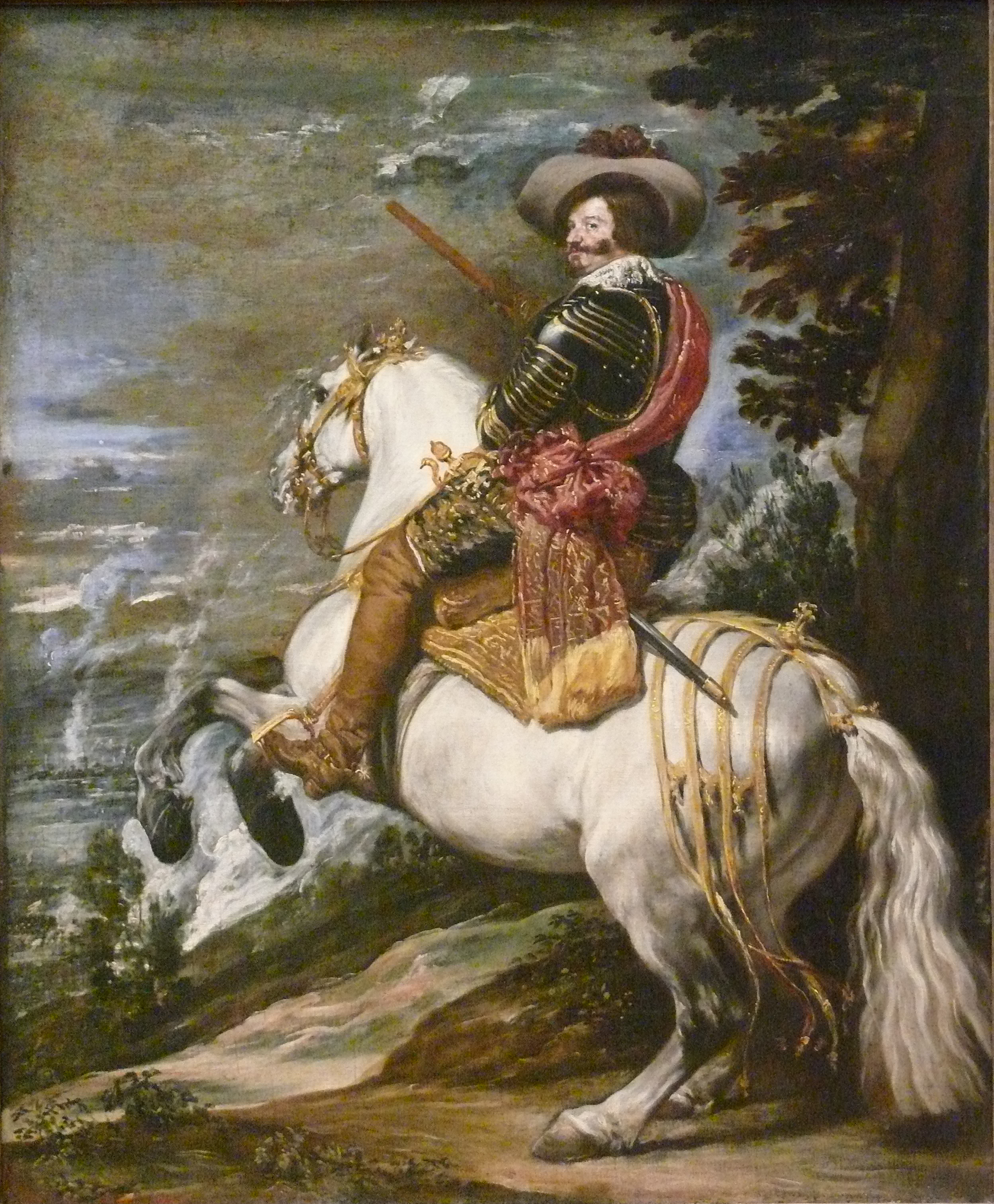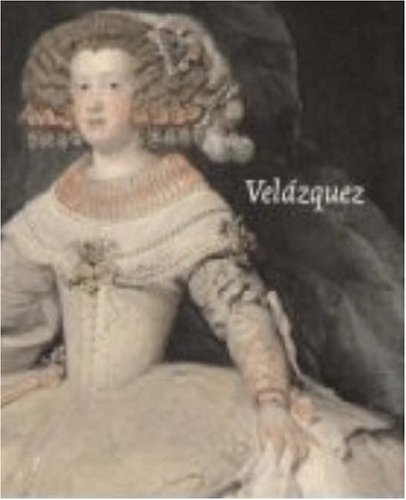More than 40 paintings by the celebrated Spanish master.
Described as 'the show of the decade' (The Times) and 'an experience not to be missed by anyone who cares about art' (The Observer), this was the first time there has been a Velázquez show of this scale and importance in the United Kingdom.
'Velázquez' has drawn crowds from Europe and beyond - more than 235,000 people have seen the exhibition so far.
Highlights included an unprecedented eight loans from the Museo del Prado, Madrid (including the imposing
'Apollo at the Forge of Vulcan'
and the sensitive portrayal of the dwarf
'Francisco Lezcano')
and a trio of rarely lent royal portraits from the Kunsthistorisches Museum, Vienna. There are also loans from galleries as far afield as Texas, St Petersburg and São Paulo.
Renowned for his physical and psychological naturalism, Diego Rodríguez de Silva y Velázquez (1599–1660) is considered one of the greatest painters to have ever lived. Official court painter to King Philip IV (1605–1665), he created astounding effects of illusion in his minimalist and elegantly composed works––which range from genre and history scenes to portraits. His paintings had an enormous impact on 19th- and early-20th-century artists such as Degas, Renoir, and Picasso, and Manet famously first described him as “the painter’s painter.”
Sunday Times art critic, Waldemar Januszczak, presents an exciting vodcast on the Velazquez exhibition at the National Gallery in London.
From an interesting report on the show: (images added)

Philip IV and
Kitchen Scene with Christ at Emmaus (1618)
Publication
With over 150 illustrations and an in-depth chronology, this beautifully produced and comprehensive book surveys Velázquez’s entire career and explores his universal popularity. Fascinating essays by world-class Velázquez scholars address the artist’s life and technique, examining his studies in Seville and Italy to his final great works at the court of Philip IV. They also place his works in the context of 17th-century European painting and discuss how and why his works have resonated so strongly with the generations of Post-Impressionist and modernist artists.
'Apollo at the Forge of Vulcan'
and the sensitive portrayal of the dwarf
'Francisco Lezcano')
and a trio of rarely lent royal portraits from the Kunsthistorisches Museum, Vienna. There are also loans from galleries as far afield as Texas, St Petersburg and São Paulo.
Renowned for his physical and psychological naturalism, Diego Rodríguez de Silva y Velázquez (1599–1660) is considered one of the greatest painters to have ever lived. Official court painter to King Philip IV (1605–1665), he created astounding effects of illusion in his minimalist and elegantly composed works––which range from genre and history scenes to portraits. His paintings had an enormous impact on 19th- and early-20th-century artists such as Degas, Renoir, and Picasso, and Manet famously first described him as “the painter’s painter.”
Sunday Times art critic, Waldemar Januszczak, presents an exciting vodcast on the Velazquez exhibition at the National Gallery in London.
From an interesting report on the show: (images added)
Nearly four centuries ago, Diego Velázquez painted the gods of the classical world as if they were real people. He portrayed
Mars, god of war,

Venus, the goddess who loved him,
and Vulcan, her cuckolded husband, as if they were characters in a tragicomic novel, with compassion for their foibles. Perhaps his ability to imagine so acutely the failures of divinities came about because, as painter to the king of Spain, he lived close to the melancholy and ironies of royal existence. His portraits of
Philip IV and
his minister Olivares, of infantas and dwarves, see a weakness in royal and humble faces alike, a humanity and a pathos that have rightly made Velázquez one of the most honoured of all artists.
He is one of the most natural painters who ever lived, someone who apparently never needed to be taught - and who shared with certain other 17th-century artists, most of all Caravaggio and Vermeer, an uncanny and apparently spontaneous ability to reproduce the appearance of the world. Yet he is more like his baroque contemporaries, Rembrandt and Rubens, in his desire to rise to the level of "history painting", the serious representation of great stories or myths. It is this tension between down-to-earth realism and an ethereal grandeur that sets Velázquez apart. What's great about this exhibition is that it so clearly shows how he developed from a street painter in Seville to a philosopher-artist.
Kitchen Scene with Christ at Emmaus (1618)
Publication
With over 150 illustrations and an in-depth chronology, this beautifully produced and comprehensive book surveys Velázquez’s entire career and explores his universal popularity. Fascinating essays by world-class Velázquez scholars address the artist’s life and technique, examining his studies in Seville and Italy to his final great works at the court of Philip IV. They also place his works in the context of 17th-century European painting and discuss how and why his works have resonated so strongly with the generations of Post-Impressionist and modernist artists.
.jpg)
.jpg)
.jpg)



